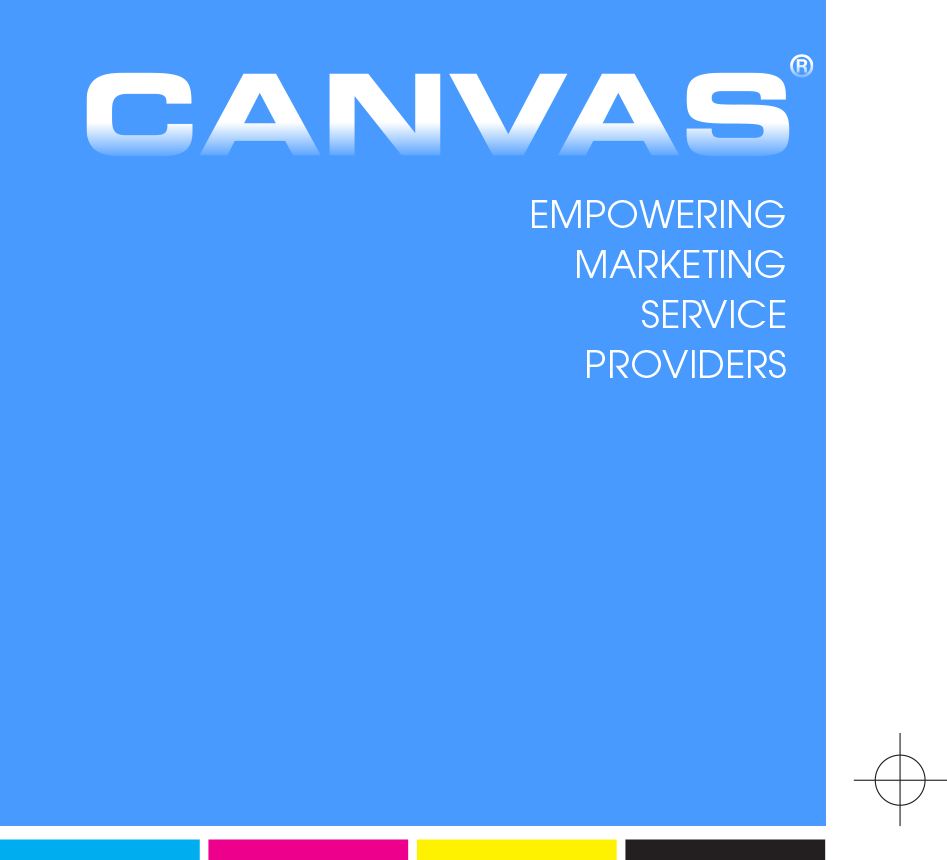As the print industry evolves in response to the rapid advancements in digital technology, the future presents both exciting opportunities and formidable challenges. With the rise of digital platforms and changing consumer behaviors, print professionals are tasked with finding innovative ways to integrate print into an increasingly digital world. This roundtable discussion brings together industry leaders to share their insights on navigating these changes.
Mark Adent, EVP Bennett Graphics
Katy Hart, Director of Marketing and Communications, The BoxMaker, Inc.
What challenges and opportunities do you see shaping the future of the print industry?
Adent: No real new news here. Challenges for the print industry for the past few years will still be the questions for the near future. Some digital media disruptions, some supply chain concerns because of the geographic concerns associated with political landscape as well as the possibility of rising costs for raw materials.
Hart: You cannot be everything to everyone, so you need to focus on what you do best and invest your time, energy, and money there. For example, are you deeply rooted in serving your geographic region through a local brick and mortar/sales force presence, or are you ambitiously going after national sales by building a robust web-to-print experience? It is difficult to do both and scale, so we must choose wisely. This is not new advice—it’s knowing your strengths and building a best-in-class experience that plays to them.
“A balance of print and digital engagement is a recipe for success.”
Mark Adent, EVP Bennett Graphics
What strategies are you using to integrate print with digital platforms effectively?
Adent: Working with our customers to create automated print campaigns that are triggered by time or response to certain activities. We are always trying to look for lights out prepress applications that make customers lives easier and our production more predictable.
Hart: No matter how digital our world gets, when it comes to print, seeing is still believing. While our sales force uses the CRM to send out automated email sequences and we do a lot of digital marketing, we are still very focused on getting work samples in front of prospects’ eyeballs to effectively demonstrate what’s possible with print. Being able to digitally track the follow-up on those physical samples in our CRM allows for further insight and often more support for our sales team.

What advice would you offer to print sales and marketing professionals who are looking to thrive in a predominantly digital landscape?
Adent: Of course I’m a print guy and would push back on “predominantly” digital landscape. Just because we are being targeted digitally and being approached digitally does not mean that that environment is actually effective. I believe that the resurgence of direct mail is happening because that’s where results are made. A balance of print and digital engagement is a recipe for success.
Hart: Make sure you know the basics. You don’t have to be a LinkedIn influencer or a digital marketing guru, but taking the time to learn how to use your company’s CRM properly and keep it organized, or how to put your best foot forward on a social platform, will pay off in sales. The technology tools are not going anywhere, so making friends with them quickly will make your life much easier.
What key skills do you think are most critical for print sales and marketing people?
Adent: Print salespeople need to understand the business model of the customer. Understanding how the customer generates revenue so that they can pay employees, keep lights on and feed families gets to the heart of where we can step in and support those activities. When we do that effectively, we are friends and partners for life.
Hart: Communication, communication, and communication. Whether it’s email, phone, text, or a DM on social media—clear, concise, and professional communication will never go out of style.
